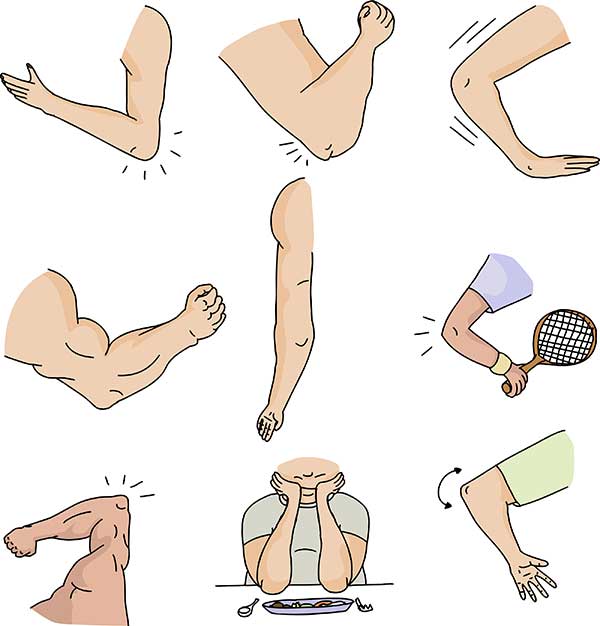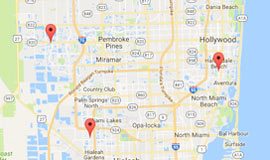Diagnosed with Tennis Elbow
 We’re frequently amazed at how many people are diagnosed at our clinic with tennis elbow— many more than actually ever pick up a racquet!
We’re frequently amazed at how many people are diagnosed at our clinic with tennis elbow— many more than actually ever pick up a racquet!
But the name sticks. Well, maybe because the medical term, lateral epicondylitis, is definitely less catchy.
In fact, you don’t have to know the business end of a racquet to suffer from tennis elbow.
The condition affects a large number of people, only about 5% of whom play tennis. Plumbers, painters, carpenters, cooks, butchers auto workers . . . anyone who uses their arm in a repetitive motion at work or play is prone to lateral epicondylitis.
It’s an elusive diagnosis. Tennis elbow can’t always be pinpointed with the usual imaging tests such as x-rays, MRI, or EMG (although these tests may be helpful to rule out other causes of pain). Our best diagnostic tool is a physical exam and a discussion with the patient.
Gradual Onset of Overuse Injury
The term tennis elbow covers inflammation of the tendons that join the forearm muscles on the outside of the elbow. (The same type of injury on the inside of the elbow is called a golfer’s elbow.)
The motion of hitting a groundstroke in tennis causes the tendon attaching to the lateral epicondyle muscle to develop microscopic tears, leading to inflammation and pain, according to new research reported by the American Academy of Orthopaedic Surgeons. Performing this motion while doing other things— painting a ceiling, for instance, or inserting a bolt into an automobile chassis— can bring on similar tissue damage.
Just recently, researchers have found tennis elbow can often be traced to damage to a specific muscle in your forearm, a muscle that helps support and stabilize the wrist while the elbow is straight.
It’s worth noting that tennis elbow can also develop in situations where there is no known stressor. This is called insidious tennis elbow.
Conservative Treatment Is First Option
 Once we arrive at a diagnosis, we decide on a treatment plan. Almost all patients with tennis elbow recover with conservative (non-surgical) treatment.
Once we arrive at a diagnosis, we decide on a treatment plan. Almost all patients with tennis elbow recover with conservative (non-surgical) treatment.
Your doctor will advise you to stop performing whatever motion caused the problem in the first place. This might mean a change of duties at work. If you participate in racquet sports, you’ll need a break.
Sometimes a change of equipment for athletes can help. A stiffer or looser-strung racquet, or a smaller head size, can sometimes reduce stress on the forearm.
For professional players who don’t feel they can give up their sport, these options are worth a try.
Also, there are specific exercises we can prescribe to strengthen the supporting muscles.
Your physical therapist may apply ice, ultrasound, or electric stimulation to speed healing and reduce inflammation.
Steroid injections (with cortisone) can also be helpful in relieving severe cases of tennis elbow.
Surgery for Persistent Cases
About 5% of patients with tennis elbow fail to respond to conservative therapy. If the symptoms persist for more than six months, we may discuss surgical options. Tennis elbow is often treated with arthroscopic surgery, using tiny instruments to minimize the size of the incision. Open surgery is another option.
In either case, the procedure involves removing diseased tissue and reattaching a healthy muscle to the bone.
Surgery for tennis elbow, followed by four to six months of rehab, is successful in 80% to 90% of patients.
Each case must be decided individually. If you have been feeling pain while performing everyday motions— from lifting tools to opening jars, shaking hands to hitting a forehand— stop what you’re doing and call our clinic for an appointment.
Our team of doctors and physical therapists might be able to help prevent the situation from worsening.
Tennis elbow may seem like no big deal in the beginning, but it’s not wise to ignore it. Even if you’ve never held a racquet, you can be a victim of tennis elbow.











